Our journey around London’s postcode areas has reached its final destination: WC. One of Evelyn Waugh’s female friends always insisted on referring to it in full as ‘West Central’, because she said ‘WC’ had ‘indelicate associations’. We’ll learn what happened at Spike Milligan’s memorial service, why Agatha Christie married an archaeologist and where you can find the official definition of an inch…
- York Place, just south of the Strand, used to be called Of Alley (the modern street sign still commemorates the fact). The name came about because when George Villiers, the Duke of Buckingham, sold the land to developers in 1672, he insisted that every element of his name be reflected in newly created streets. So there was George Street, Villiers Street, Duke Street, Buckingham Street… and Of Alley.
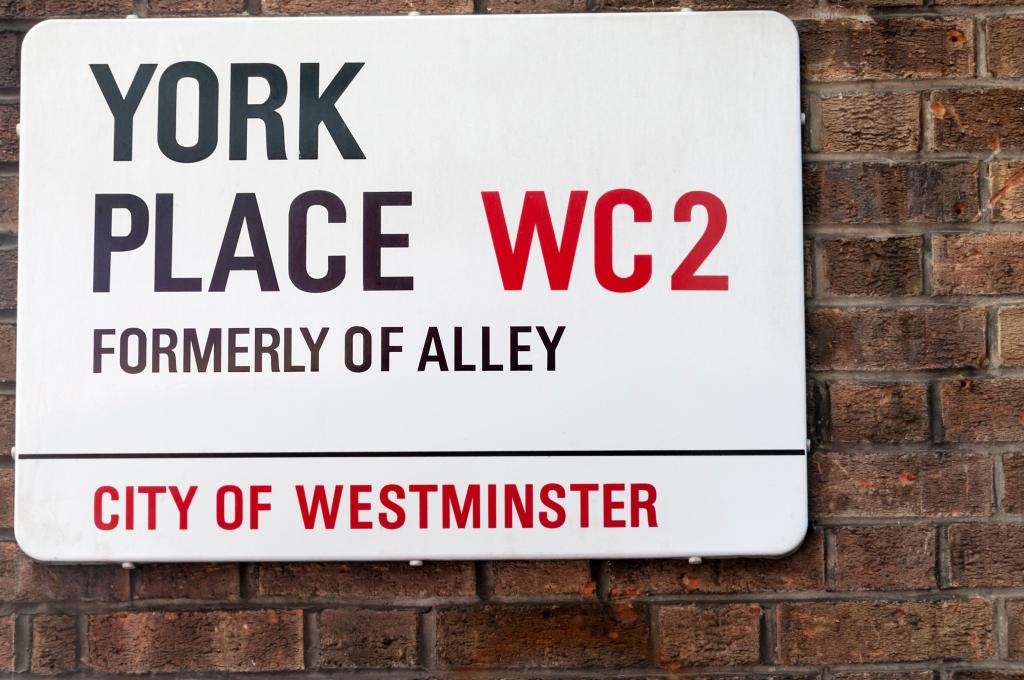
- Quiz question: the statue of Nelson on his column in Trafalgar Square – does it have an eye patch on the left eye, the right eye or neither eye? (Answer below.)
- Lenin and Trotsky first met at 30 Holford Square, near King’s Cross. Lenin was living there when his fellow Russian exile arrived on his doorstep, penniless but eager to help bring about the Marxist revolution.
- The Manor House Suite at the Rosewood is the only hotel suite in the world with its own postcode. The Royal Mail are normally reluctant to split buildings in this way – but as the suite has its own entrance on High Holborn, separate from the Rosewood’s main entrance, they agreed. The hotel is WC1V 7EN, while the suite (a cool £20,000 per night) is WC1V 7DZ.

- Covent Garden got its name because it was once a garden owned by Westminster Abbey – in the 13th century it was referred to as ‘the garden of the Abbot and Convent of Westminster’.
- The rules for naming racehorses (administered by the Jockey Club, whose headquarters are on High Holborn) include: no more than 18 characters, including spaces; if you name it after a living person you have to ask their permission; and rudeness is forbidden (though ‘Wear The Fox Hat’ slipped through). Steve McManaman and Robbie Fowler gave theirs the names ‘Some Horse’ and ‘Another Horse’, just to enjoy the commentaries that would result.
- In 1767, the Annual Register recorded the story of a man who lived in Seven Dials returning home ‘in expectation of having his dinner ready, but found his wife on the bed intoxicated with liquor; on which he placed a train of gunpowder, with the diabolical resolution to blow her up, but in setting fire to the flame he was so terribly burnt that he was carried to the hospital with little hopes of recovery. The woman escaped unhurt’.
- Stanfords map shop supplied Sherlock Holmes with his plan of Dartmoor in The Hound of the Baskervilles. In real life the firm was where a young Kenneth Williams trained as a draughtsman before showbusiness beckoned.
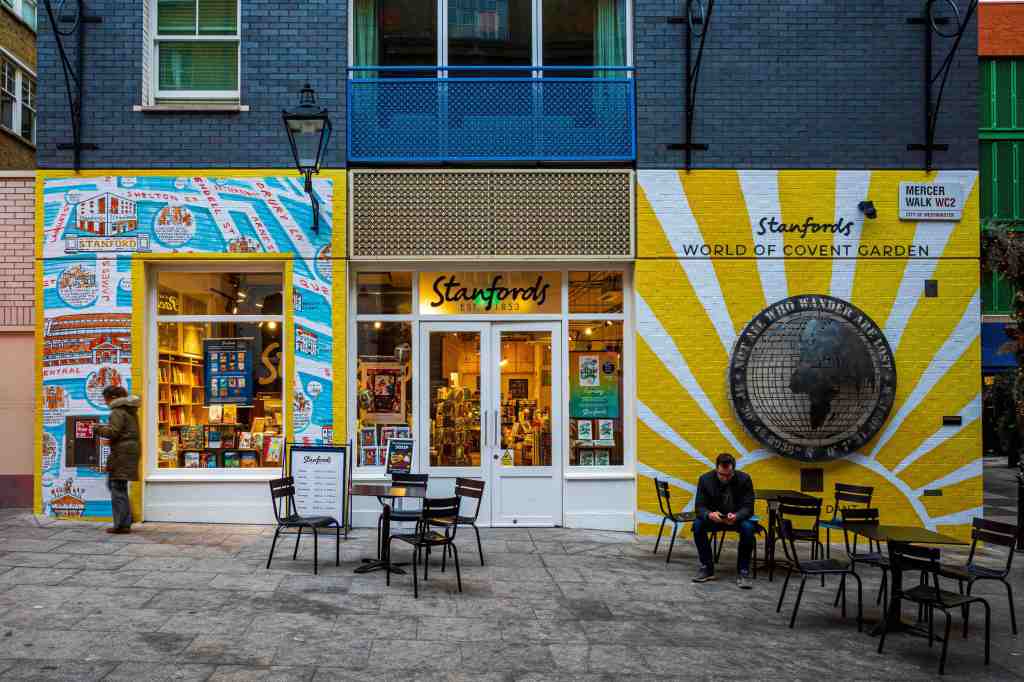
- Above the Cranbourn Street entrance to Leicester Square Tube station, set into the red terracotta tiles, you’ll find a picture of three cricket stumps flanked by two bats and a ball. Arching over them are the words ‘J. Wisden & Compy’. The firm were one of the first tenants of the building when it opened in 1906.
- More cricket round the corner in Leicester Square – this was where Frederick Louis, the eldest son of George II, was hit by a ball while playing in 1751. The accident led to his death, and so prevented him succeeding his father. Sir Tim Rice, in a 2015 letter to The Spectator, pointed out that this was a case of play stopping reign.
- In the north-east corner of Trafalgar Square, not far from the statue of George IV, you’ll find a brass plaque set into the stonework. It shows the official definitions of the inch, the foot and the yard – and announces that it is accurate at 62 degrees Fahrenheit.
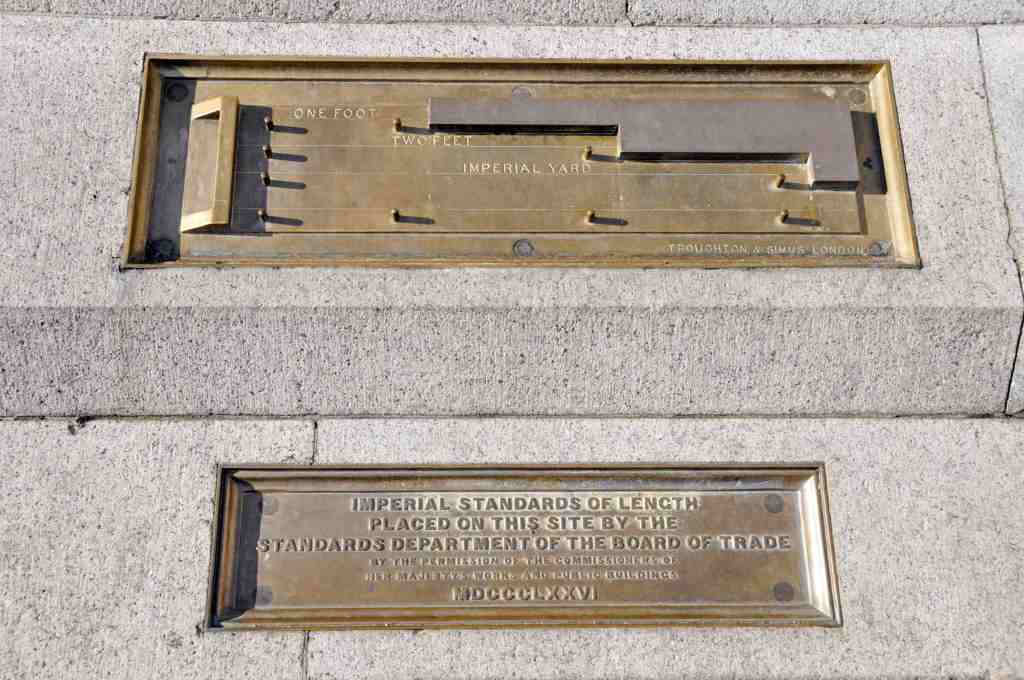
- At Spike Milligan’s 2002 memorial service at St-Martin-in-the-Fields, Harry Secombe’s son David told the story of his father being told by Milligan: ‘I hope you die before me because I don’t want you singing at my funeral.’ That was indeed how things turned out. But David Secombe went on to say that he had brought along a recording of his father singing – and it was duly played.
- Agatha Christie, whose play The Mousetrap has been running in West Street (first at the Ambassadors Theatre, then at the St Martin’s) since 1952, married the archaeologist Sir Max Mallowan. ‘An archaeologist is the best husband a woman can have,’ she said. ‘The older she gets, the more he is interested in her.’
- Michael Caine decided on his stage name while standing in Leicester Square, and noticing that the Odeon Cinema was showing The Caine Mutiny. He says that had he looked the other way, he’d now be Michael A Hundred and One Dalmatians.
- Quiz question answer: Neither eye, for the very good reason that Nelson never wore one in real life. He was blinded in his right eye during a 1794 battle, but the eye wasn’t disfigured. The myth of a patch only arose when 19th century portrait painters added one to symbolise his blindness.
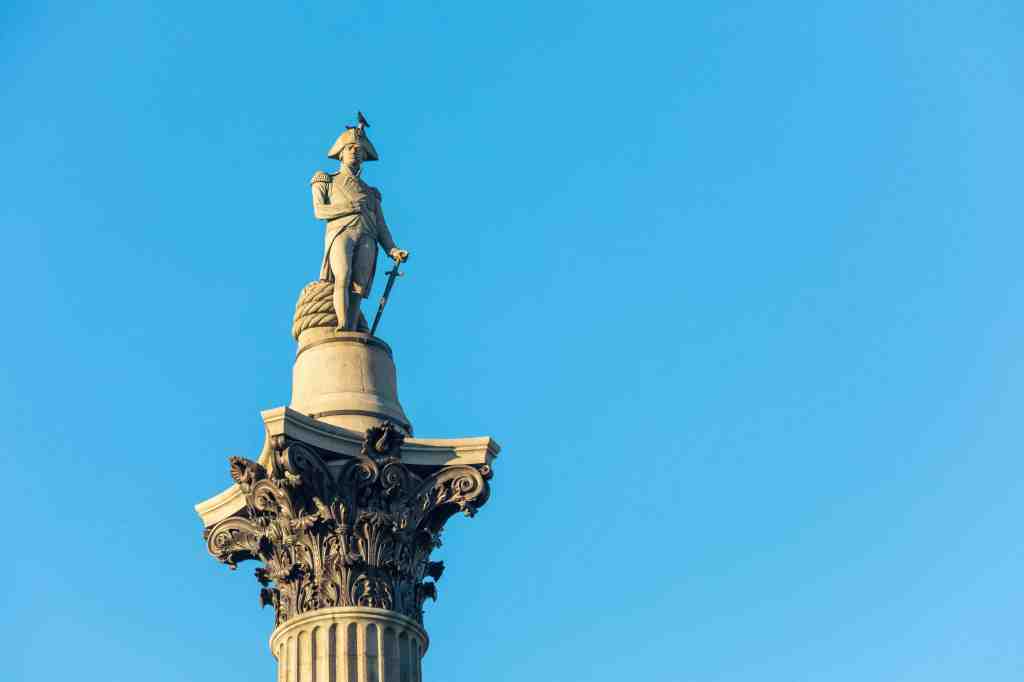

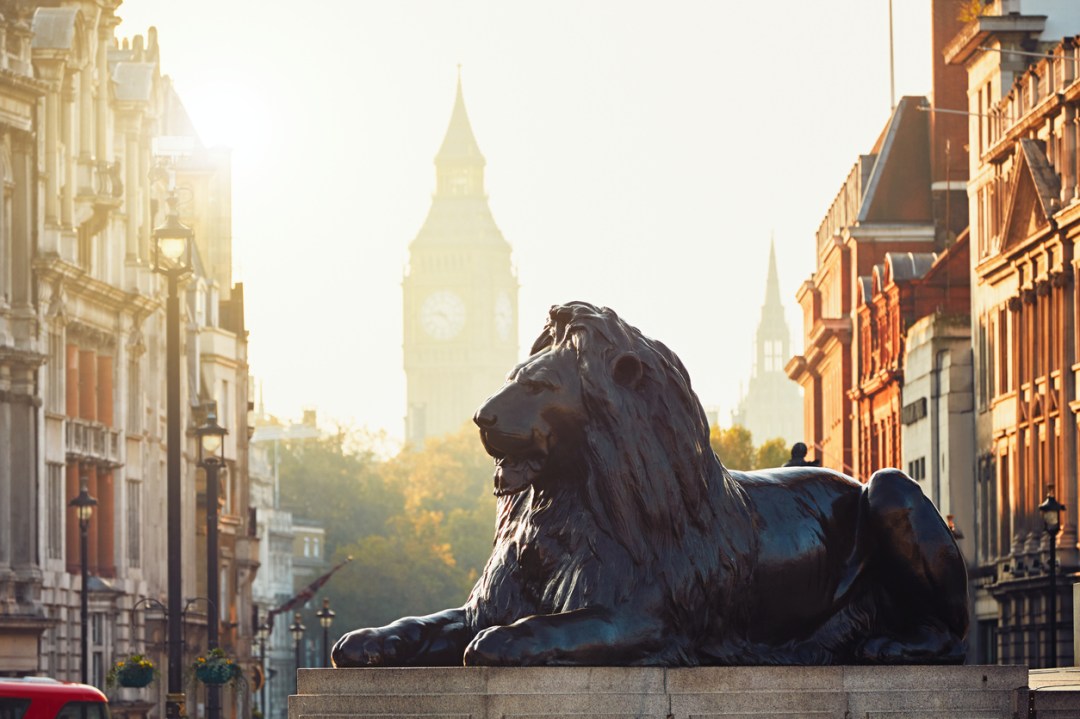
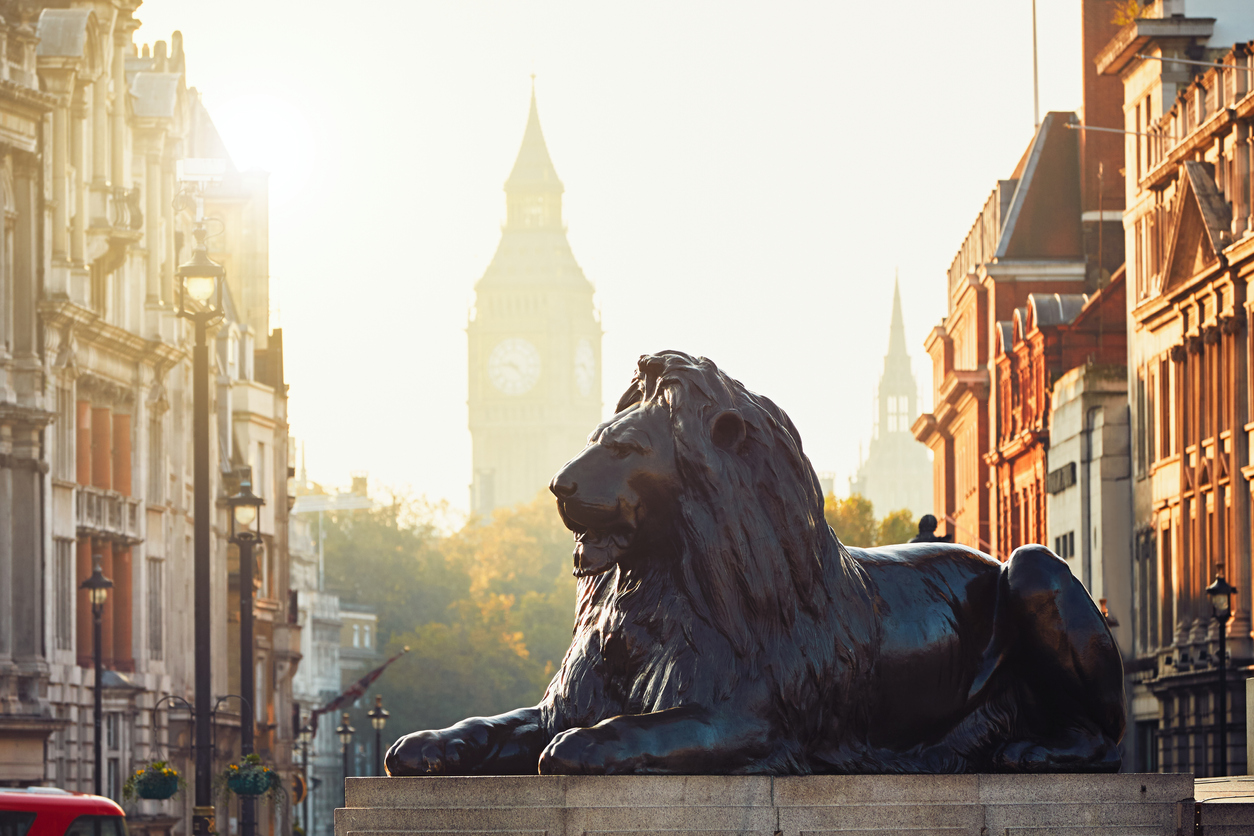




Comments